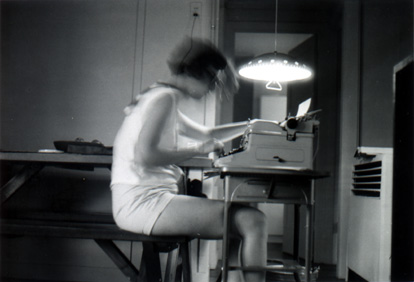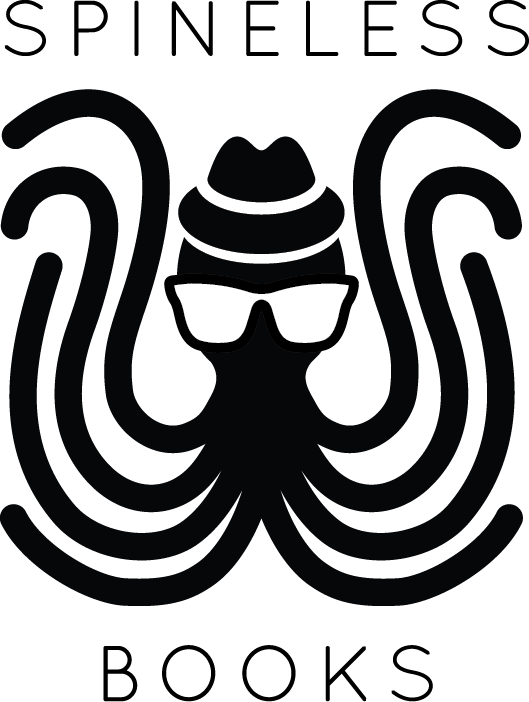
Writing experiments by Bernadette Mayer.
is a new poetic form, useful for creating poetry
+ art. Practice the technique at the Jade
Quill salon.
In a variation of a progressive alliterative technique used
in Walter Abish's Alphabetic Africa, Analyzing
Haze is a story of 26 paragraphs, each
corresponding to a letter of the alphabet. In the first paragraph,
every word must contain
A. In the second paragraph, every word must contain A or B,
etcetera, such that the last paragraph's words may include
any letter. However, this final paragraph is not unconstrained,
because, to offset this progressive opening of vocabulary,
the story is also fully homoliteral—every two adjacent
words must have a letter in common.
is a web-based palindrome authoring tool to help you write
new palindromes.
by Chris Merritt is an astonishing online experimental poetry validation tool.
by Harry Stephen Keeler might be the best manual of fiction
writing in the English language.
Multisequential fiction
is fiction with more than one explicit
reading path. Letter to
Linus is a hypertext fiction based on the shape of a cube.
For one example of how to go about this, read a structural
explanation of Dow and Union Carbide to Merge. Trade
Names is a work of multisequential fiction in the form of a strip book.
And then there's the Unknown.
assembled by Brian Eno and Peter Schmidt, are a deck of
cards inscribed with instructions useful in composition,
especially
for larger unfinished works that seem to have run aground.
This only works if you trust it. Take a deep breath before
you click. Click again to draw a different card. Or look
up “oblique
strategies” on the web.
Dirk Stratton's new poetic form is edifying to unravel, to try out, and as an example of how any arbitrary phrase might be translated into a larger and more abstract structure.
Reversed Chronology
A narrative is a sequence of events. What happens if you
reverse the sequence? There is no single best way to do this.
Canonical examples include the film Memento, in
which the scenes of the film are shown in reverse order,
and the novel Time's Arrow, by Martin Amis, a story
told in reverse.
To reverse the sequence of a story or poem, you could reverse
the order of letters, reverse the order
of words, reverse the order
of lines, reverse the order
of events, or even reverse
the grammar. Variations
on the New York Times 2: Death of Scent, Fury of
Sound (Newspoem 4 May 1999) was written by extracting
all the quotations from an article in the New York Times and
reversing their subjects and objects.
is an exploration of narrative form using as a starting
point structuralist narratology, but geared toward the purposes
of the creative writer rather than literary critic
an essay exploring literary form, written
language as a score, and translating writing into music
is a collection of interlinked writing exercises and examples
 Freitag's
plot triangle is a classic formal structure in literature. The
triangle describes the narrative arc of an immersive work of
ficton. The X axis is time and the Y axis is dramatic conflict:
beginning at zero, the curve steadily rises in exposition, peaks
in climax, and rapidly descends in resolution. As readers (or
film viewers), we recognize this structure and find it gratifying.
But what happens when you write a story with a different curve? Freitag's
plot triangle is a classic formal structure in literature. The
triangle describes the narrative arc of an immersive work of
ficton. The X axis is time and the Y axis is dramatic conflict:
beginning at zero, the curve steadily rises in exposition, peaks
in climax, and rapidly descends in resolution. As readers (or
film viewers), we recognize this structure and find it gratifying.
But what happens when you write a story with a different curve?
In this experiment, you can click on the plot diagrams to hear
a musical translation of the variation on a plot curve.
The Cervantes
Writing Engine
allows you to write and revise Don Quixote,
the novel by Cervantes
Write 1000
words.Write with your
friends.

|



